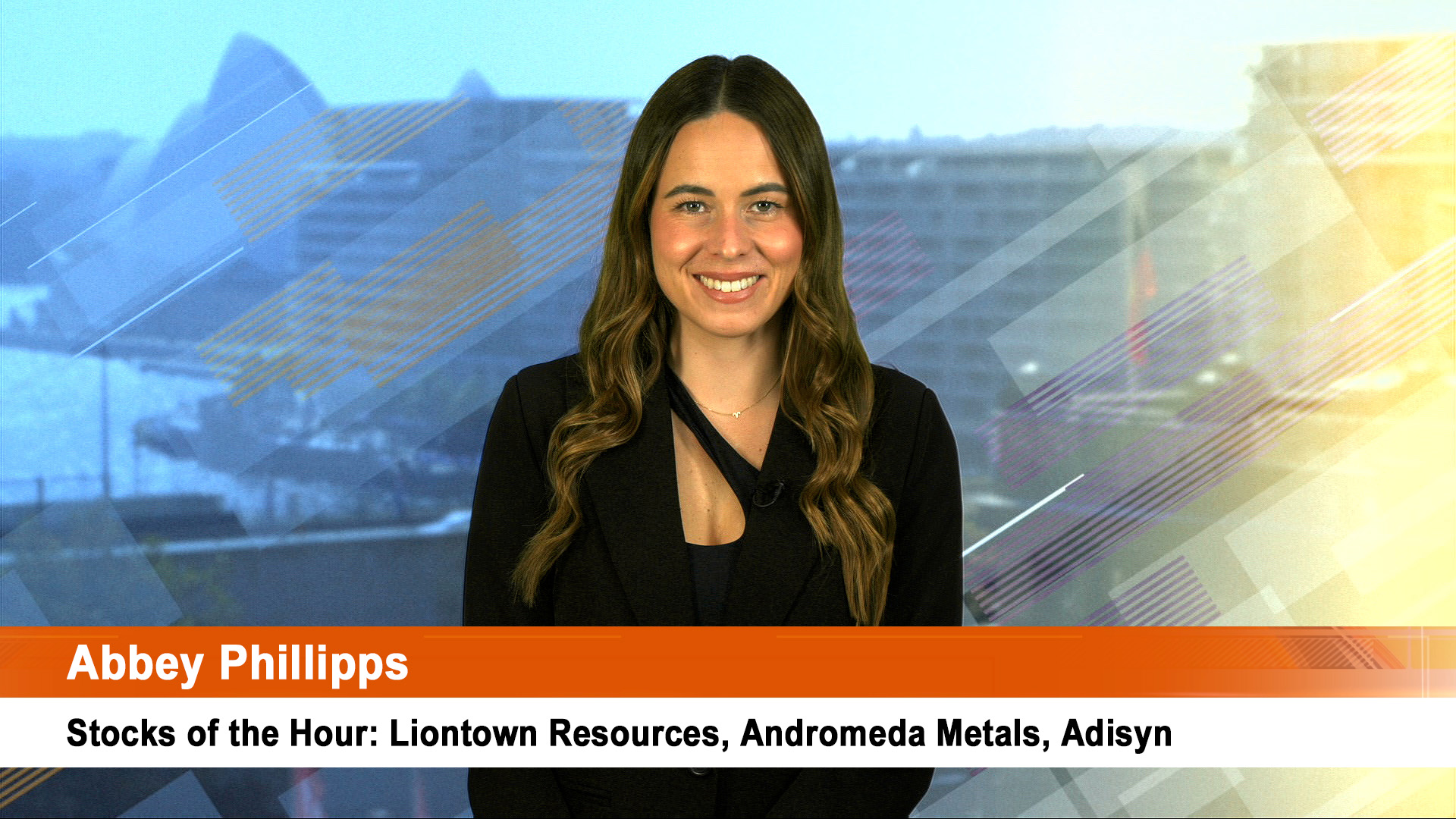As we learned this week in the latest forecasts from The Australian Bureau of Agricultural and Resource Economics and Sciences (ABARES), the outlook for commodities and emerging Asia and China in 2011 is still solid.
At the moment it won’t be as good as 2010, because much of Asia will be slowing off the highs of this year.
According to ABARES and forecasts from other groups, such as Goldman Sachs, copper will be the metal to watch in 2011; with tight supplies, it could become very volatile, as it was in 2007-08.
While overall growth in demand for the metal will again be solid, no one is forecasting a repeat of the very strong year we have seen in 2010 with the price up near 30% since January.
Demand for many commodities will be more modest, thanks to slowing growth in many economies, especially in Asia.
As ABARES forecast this week ,"For zinc, nickel and iron ore, prices are forecast to fall in 2011 as supply responds to an extended period of strong demand and higher prices.
"High nickel and zinc stocks are also expected to place downward pressure on prices.
"In 2011, the majority of mineral and energy demand growth is expected to come from non-OECD economies, including China and India.
"OECD energy and minerals consumption is forecast to increase, but at a modest rate, in line with assumed weak economic growth," ABARES said.
Copper looks like being the star, with supply pressures, demand strong and prices expected to hit new record (but will that impact consumption).
Goldman Sachs forecast that this week, as did ABARES. Oil is another both groups see being boosted in 2011.
"Copper, oil and thermal coal prices are forecast to increase in 2011 as demand growth outpaces supply growth.
"However, the pace of the forecast price increases is expected to be significantly less than in 2010," ABARES forecast.
On copper, ABARES said that, "In 2011, the copper price is forecast to average around US$8375 a tonne, an increase of 12 per cent from 2010. Higher consumption than production has caused a drawdown in stocks in 2010.
"This is expected to continue in 2011, resulting in a higher average price for the year. Australia’s copper export value is forecast to reach a record $8.8 billion, reflecting both high export prices and volumes."
It warned consumption growth is expected to moderate in 2011, in line with assumed slower world economic growth; production is forecast to grow at an even slower rate. This is expected to further reduce world copper stocks to around 1.8 weeks of consumption by the end of 2011.
"With the prospect of lower copper stocks in the short term, there is a strong possibility that the copper price will exhibit significant volatility over the outlook period, particularly if there are unforeseen production disruptions or surges in demand," ABARES said.
Although expectations in the US are for a better year in 2011 (compared with 2009 and 2010), that huge economy will again play second fiddle to demand from Asia and the emerging economies such as India and Brazil.
Excluding China, Brazil is the wildcard among emerging economies – growth is slowing, inflation is rising, the new government seems to be struggling and imports are pouring in: a bust seems inevitable next year.
India, another of our emerging growth markets, is really struggling with inflation and interest rates have risen 7 times this year.
China (for Australia), is the most important.
Most forecasts see the economy finishing 2010 with growth around 10% or a bit more, inflation at 3.2% annual for the year (but around 4% for the final quarter) and there’s talk the 3% government target will be lifted to 4% next year in a wonderful example of fiddling the stats.
Growth next year is forecast to slow to around 9%, perhaps a bit more, or a bit less (see separate story).
Metal prices will end up being the big sector of the markets to follow closely in 2011, especially copper and gold.
Outside of that, watch oil because it could very well top and stay above the $US100 a barrel mark if the current bullishness in the US continues and the Chinese government doesn’t lose control of the economy.
According to the latest report from Goldman Sachs, commodities that are cyclical in nature, such as copper and crude oil, may be among those that will post strong performances next year.
In 2010, commodity returns were driven almost entirely by non-cyclical commodities such as gold and agriculture that were up by over 20%, Goldman said.
However, a shift toward cyclical commodities is already under way, led by copper over the last several months and more recently by oil.
(Remember the International Energy Association has been forced to revise upwards its forecasts of 2010 and 2011 oil consumption for much of the past six months.)
“We believe this shift towards cyclical commodities will continue into 2011 as structural supply issues re-emerge with the U.S. recovery on more solid footing,” Goldman analysts wrote this week.
Goldman points out that the long weakness in US demand in the past two years has allowed China to grow without competition for raw materials.
But this is likely to change in 2011, with the US and China both seeking commodities.
So will we see a replay of the mad, bad days of 2008, well perhaps not because supply remains more plentiful and inflation is not yet a concern in most developed economies.
The Goldman report listed a 12-month forecast of $US105 a barrel for West Texas Intermediate oil and $US11,000 per metric tonne for copper. Gold is forecast at $US1,690 and silver at $US28.20 in 12 months. For other base metals, Goldman listed 12













